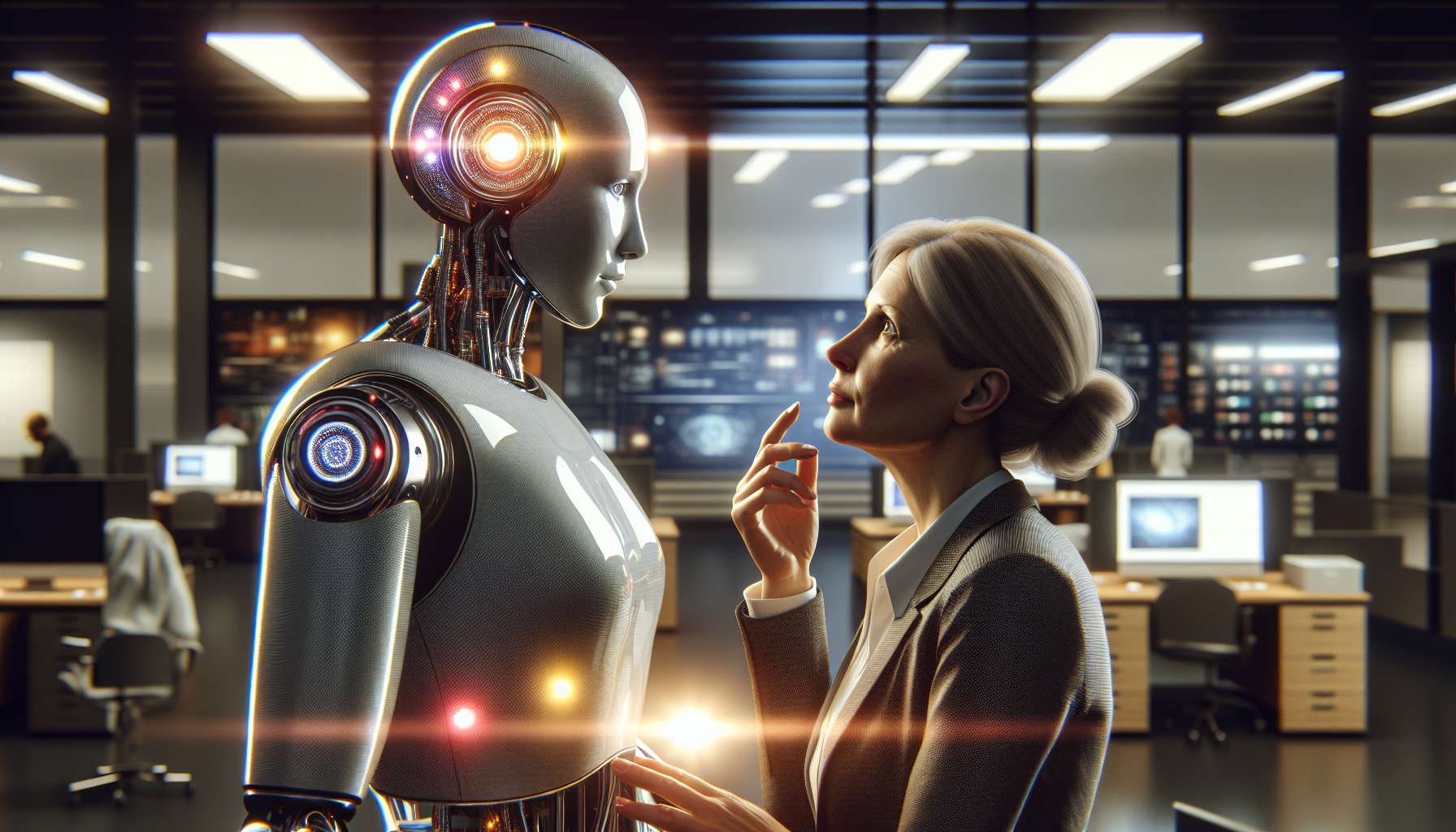The Concept of Emotional Robots
Defining Emotional Robots
Emotional robots are a fascinating intersection of engineering and psychology. At their core, these robots are designed to recognize, interpret, and respond to human emotions. Unlike traditional machines that operate on straightforward logic, emotional robots utilize advanced technologies in artificial intelligence (AI) and machine learning to engage with individuals on a more personal level. This capability is grounded in a growing understanding of emotional intelligence, enabling robots to navigate the complexities of human emotions.
How Do Emotional Robots Work?
Emotional robots primarily operate through a combination of algorithms and sensory technologies. These systems leverage several components to simulate an understanding of human feelings:
1. Emotion Recognition
In order to respond appropriately to users, emotional robots must first recognize their emotional state. This involves using various sensors, such as cameras and microphones, to capture facial expressions, body language, and vocal intonations. Machine-learning models analyze this data to identify emotions like happiness, sadness, anger, or fear, making it possible for robots to discern the emotional landscape of a conversation.
2. Contextual Understanding
Furthermore, emotional robots employ natural language processing (NLP) to comprehend the context of discussions. This capability allows them to analyze not just the words being spoken, but also the sentiment behind them. By understanding nuances, tone, and context, emotional robots can engage in more relatable conversations, tailoring their responses to fit the emotional environment.
3. Feedback Mechanisms
Once an emotional state is detected and context understood, robots can provide feedback—both through verbal communication and physical responses. For example, a robot might change its tone and offer comforting phrases when it recognizes sadness or offer encouragement and excitement when detecting happiness. The ability to adapt in real-time helps enhance interpersonal connections.
Applications of Emotional Robots
Applying emotional robots has diverse implications across various fields. Their capacity for emotional engagement can revolutionize many sectors.
Healthcare
In the healthcare industry, emotional robots can play pivotal roles in patient care. They can provide companionship to elderly individuals, facilitating social interactions that combat loneliness. Moreover, emotional robots can assist children with autism in developing social skills by offering a non-threatening platform for practice and engagement. Their sensitivity to emotional cues allows these robots to support mental health by monitoring patients’ emotional states and offering timely interventions.
Education
In educational settings, emotional robots can serve as teaching assistants. They can adapt their teaching methods to cater to students’ emotional responses, addressing frustration or boredom by altering lesson dynamics. For instance, if a child shows signs of confusion, the robot can simplify explanations or switch to a more engaging method of teaching. By creating a more empathetic learning environment, emotional robots can enhance educational outcomes.
Customer Service
More businesses are integrating emotional robots into their customer service strategies. These robots can handle inquiries while analyzing customer emotions to provide relevant responses. The ability to understand when a customer is frustrated or satisfied allows the robot to modify its approach, potentially defusing negative situations and improving overall customer satisfaction.
The Ethical Considerations Surrounding Emotional Robots
The rise of emotional robots brings forth several ethical concerns, particularly as they become more integrated into everyday life.
The Human Element
One of the central debates revolves around the extent to which robots can or should replace human interaction. While emotional robots can simulate understanding, they lack genuine emotional experiences. This raises questions about whether they can ever truly empathize. Should people rely on machines for emotional support, or does this risk undermining human connections? The line between genuine compassion and programmed responses blurs, potentially altering how we perceive relationships.
Privacy and Data Security
Emotional robots rely heavily on data gathering to function effectively. The process of recognizing emotions requires continuous monitoring of various personal cues, leading to concerns over privacy. How is this data collected, stored, and used? Transparency regarding data usage is vital to ensure trust between users and these intelligent machines. Setting stringent ethical guidelines on data protection is imperative as technology develops.
Bias in Emotion Recognition
Emotion recognition is not without challenges. Emotional robots may inadvertently perpetuate cultural and gender biases present in their training data. For example, an emotional robot trained predominantly on Western expressions of emotions may misinterpret or overlook cues from other cultures or demographics. Addressing these biases during the development phase is crucial to create inclusive technologies that can accurately interpret a diverse range of emotions.
The Future of Emotional Robots
As technology continues to evolve, the future for emotional robots looks brighter and more complex.
Advancements in AI and Machine Learning
We can expect significant advancements in AI and machine learning algorithms, further enhancing robots’ ability to understand and respond to human emotions. As these systems become more sophisticated, they could potentially offer even more nuanced emotional support and companionship, blurring the lines between human and machine interactions.
Integration into Daily Life
In the coming years, emotional robots may become common fixtures in homes, workplaces, and public spaces. They could assist in mental health therapy, provide companionship for the elderly, or even facilitate interpersonal interactions in social situations. However, this integration must be handled thoughtfully to maintain the delicate balance between technology and human interaction.
Human-Robot Collaboration
Rather than viewing emotional robots as replacements for human relationships, we might see a shift towards collaboration. Emotional robots could complement human roles in various settings, enhancing emotional intelligence while allowing humans to focus on deeper, more complex interactions that machines cannot replicate.
Final Thoughts on Emotional Robots
The rise of emotional robots illustrates an exciting frontier in technology and human interaction. As we strive to understand whether machines can truly grasp human feelings, we stand on the brink of a new era that blends emotion with automation. The journey ahead will require careful consideration of the ethical dilemmas posed while harnessing the potential benefits of these machines in our lives. Emotional robots may not yet fully understand human feelings, but their evolution sparks essential conversations about the future of human-machine relations.
